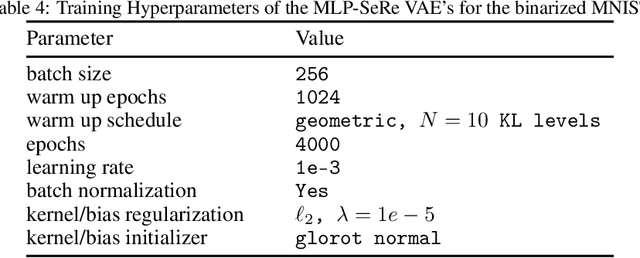Self-Reflective Variational Autoencoder
Paper and Code
Jul 10, 2020



The Variational Autoencoder (VAE) is a powerful framework for learning probabilistic latent variable generative models. However, typical assumptions on the approximate posterior distribution of the encoder and/or the prior, seriously restrict its capacity for inference and generative modeling. Variational inference based on neural autoregressive models respects the conditional dependencies of the exact posterior, but this flexibility comes at a cost: such models are expensive to train in high-dimensional regimes and can be slow to produce samples. In this work, we introduce an orthogonal solution, which we call self-reflective inference. By redesigning the hierarchical structure of existing VAE architectures, self-reflection ensures that the stochastic flow preserves the factorization of the exact posterior, sequentially updating the latent codes in a recurrent manner consistent with the generative model. We empirically demonstrate the clear advantages of matching the variational posterior to the exact posterior - on binarized MNIST, self-reflective inference achieves state-of-the art performance without resorting to complex, computationally expensive components such as autoregressive layers. Moreover, we design a variational normalizing flow that employs the proposed architecture, yielding predictive benefits compared to its purely generative counterpart. Our proposed modification is quite general and complements the existing literature; self-reflective inference can naturally leverage advances in distribution estimation and generative modeling to improve the capacity of each layer in the hierarchy.
 Add to Chrome
Add to Chrome Add to Firefox
Add to Firefox Add to Edge
Add to Edge